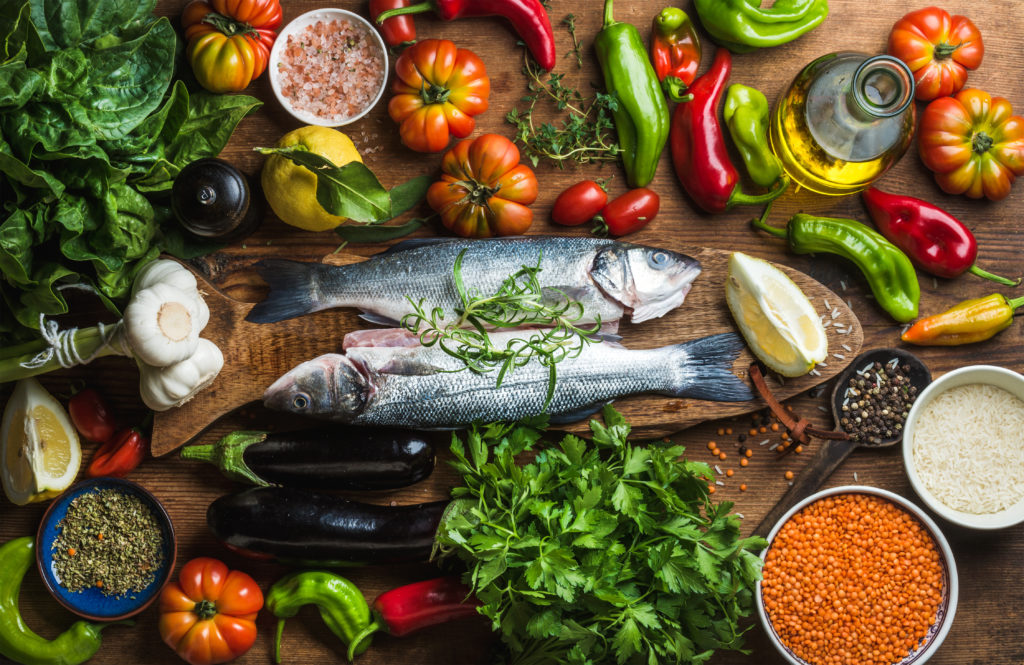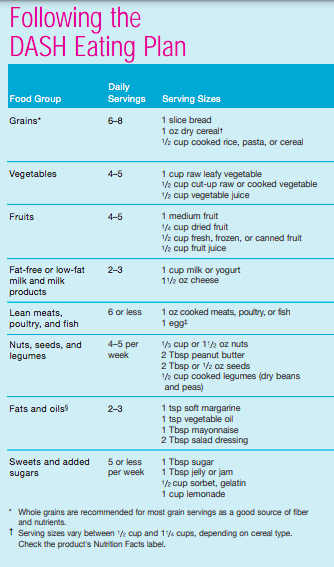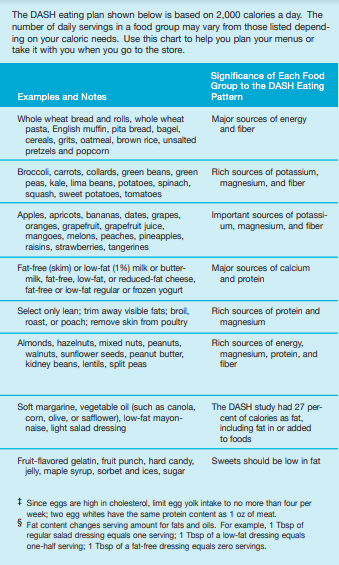Revolution Nutritional Plan

Then there are keto diets, Paleo, South Beach, and the list goes on and on. There may be benefits to each of these nutritional approaches but knowing what and how to eat in order to be healthy can be very confusing.
We’ve taken the main principles from diets with the best data behind them and consolidated them into this 5 step plan. We’ve also broken it up into ‘What to eat’ and ‘how much to eat’ to give you an idea of where to start. To be clear, this nutritional approach is focused on overall health and cardiovascular disease prevention. The primary focus is not necessarily weight loss and it may not be the best diet for gut health (in some people). But, this approach has excellent data for hypertension, cardiovascular disease, and overall health.
What to Eat
Step 1 – Eliminate Sugars
Cut out sugars & sweets! This is the single most important thing you can do for your health. No more than 50 grams per day and less is better. No sweetened beverages of any kind – this includes artificial sweeteners. No pastries either.
Also, be sure to eliminate High-Fructose Corn Syrup (HFCS). It isn’t natural and it isn’t good for you. Eliminate it by avoiding processed, packaged foods and sugar sweetened beverages.
Step 2 – Fix the Fat
After eliminating sugars, the next most important thing to do is clean up the fats in your diet. I believe that much of the benefit of the Traditional Mediterranean Diet is due to the focus on high quality fats.
Step 2a – Eliminate Trans-fats.
Trans-fats are evil! Thing about margarine, vegetable shortenings, and processed foods such as pastries.
Trans-fats are naturally formed by bacteria in the stomach of cattle, sheep, and goats. CLA is a natural, and healthy, trans-fat. This one is a good one!
However, the artificial trans-fats that are made in a lab or kitchen are a product of a process call hydrogenation and are horrible! Vegetable oils, through a process, have hydrogen atoms added to them creating a “partially hydrogenated” oil. These are evil. Don’t eat them. Ever!
By law, if a food contains less than 0.5 grams of trans-fats they can label them “trans-fat free.” This is very misleading because if their product contains 0.9 grams of trans-fat per serving they can simply cut the serving size in half which would drop the trans-fat levels to less than 0.5 grams and meet label claims.
Sources of trans-fats include: microwave popcorn (some), vegetable oils & shortenings, margarines, bakery products (pasteries), non-dairy coffee creamers, fast food (especially fried foods), potato and corn chips, meat pies, sausage rolls, sweet pies, pizza, canned frosting, crackers.
The best way to eliminate trans-fat is to limit your intake of processed, packaged, or fried foods.
Step 2b – Avoid long-chain saturated fats
This includes coconut oil, butter, and cream. They may taste great but they aren’t good for your cardiovascular system.
Your cell membranes are composed of fatty acids. Saturated fatty acids pack in tightly and create a more solid, less flowing cell membrane. That is a bad thing. In this case, it is all about balance. Too much saturated fat in your diet increases CVD risk. Too little saturated fat increases risk of hemorrhagic stroke.
Step 2c – Omega-3s
Take enough of a high-quality Omega-3 fish oil to get your Omega-3 Index greater than 8%. We measure this on our labs. One of our labs uses 4.5% and another uses 8% as they use different methodologies. Either way, be sure you have good levels.
Another option is Vital Choice sardines. I have a few patients who don’t take any Omega-3 capsules but eat a can of these every day and have Omega-3 Index levels well above 8%. Vital Choice also has wild caught salmon and several other fishes as well. Their shrimp is EXCELLENT! This is where I get nearly all of my seafood.
Step 2d – Monounsaturated Fatty Acids (MUFA)
Use a high-quality Extra-Virgin Olive Oil (EVOO) abundantly for cooking & seasoning dishes. Be sure to get at least 2-4 tablespoons per day (40 grams per day) or olive leaf extract 500mg twice daily. Be sure to get your olive oil from a GOOD source. I recommend (& use) Nika’s Olive but most of the southern California varieties will be good.
The beneficial ingredient in Olive Oil is the polyphenols. Cheap olive oil blends generally do not provide enough of the polyphenols and don’t have the benefits. You’ll spend more with the good ones but don’t waste you money on junk that doesn’t provide the healthy benefits.
Step 3 – Fruits, Veggies, & Fiber
Eat 8 servings per day of vegetables and 4 servings of vegetables. This should be the foundation of your diet. Virtually every diet plan agrees that the foundation should be fruits and veggies.
Get 50 grams of mixed fiber every day. However, you will likely be getting nearly this amount if you are eating sufficient fruits and vegetables. If you aren’t getting enough then simply supplement with some additional fiber.
Pomegranate seeds – 1/4 cup 1-2 times daily. Northwest Wild Foods is a great source for these year round. 6 ounces of Pomegranate juice works as well but may temporarily increase your blood sugar.
Step 4 – Fix Electrolytes
Step 4a – Sodium
Less than 2 grams per day. To give you an idea, 1 teaspoon = 4 grams.
Step 4b – Potassium & Magnesium
5-10 grams of potassium every day. Magnesium should be 1000mg per day. Divide this up 2-4 times a day so that you are taking 250mg 4 times daily or 500mg twice daily as an example. Look for chelated forms of magnesium such as Malate, Glycinate, or Taurate. If you read the tables below, you’ll see that this diet is designed to give you more than 500mg of magnesium and 4,700mg of potassium daily so you shouldn’t need to supplement as much if you are getting appropriate nutrition.
Step 5 – Get Enough Protein
Consume 1.5g/kg of protein. The data shows that it doesn’t matter if you are eating animal sources or vegetable sources. The point is to make sure that you are getting enough. Several studies show that getting enough protein decreases blood pressure.
Focus on white meat (chicken, rabbit) and clean beef. Sources for these meats absolutely matter. Red meat is NOT a problem IF you get high-quality, natural, grass-fed sources. The problem comes in with the addition of toxins in these meats which are more common in animals grown using industrial methods (confined animal feeding operations [CAFOs]). Also, avoid processed and cured meats as well as sausage.
Eat at least 3 servings per week of fish or seafood including at least 1 serving of a fatty fish. Ideally, these meats will be the foundation of your protein.
How Much to Eat
There are numerous recommendations for how much you should eat based on a number of factors. The a common solution would be to multiply your weight in pounds by 10 and that is the number of calories to eat daily. However, I generally recommend that you cut back on calories at least 12.5% which has many health benefits.
Rule 1 – Daily calorie intake (weight in pounds x 10) x .875 (87.5%) = the number of calories to eat per day
Rule 2 – 12 Hour daily fast. Don’t eat between the hours of 6pm to 6am. Or 7pm to 7am. However you slice it is fine. Just have a 12 hour period with no calories. It changes your biochemistry for the better.
Rule 3 – get an additional 12.5% calorie deficit through exercise. For example, if you weigh 150 pounds then you should eat 1312 calories daily (cut out 188 calories). You should exercise enough to burn at least 188 calories daily.
These 3 rules change physiology and biochemistry for the better and result in a healthier & younger (physiologically speaking) you. This is a GREAT place to start!
The DASH Diet followed these Daily Nutrient Goals:
- Total Fat – 27%
- Saturated Fat – 6%
- Protein – 18%
- Carbohydrates – 55%
- Potassium – 4,700mg
- Calcium – 1,250mg
- Magnesium – 500mg
- Fiber 30g
The DASH studies broke down the Daily Nutrient Goals as follows:
You can read more about the DASH diet and recommendations for it here.
| Servings per Day | |||
| Food Groups | 1,600 cal/day | 2,600 cal/day | 3,100 cal/day |
| Grains | 6 | 10-11 | 12-13 |
| Vegetables | 3-4 | 5-6 | 6 |
| Fruits | 4 | 5-6 | 6 |
| Fat-free or low-fat milk & milk products | 2-3 | 3 | 3-4 |
| Lean meats, poultry, & fish | 3-6 | 6 | 6-9 |
| Nuts, seeds, & legumes | 3 per week | 1 | 1 |
| Fats & oils | 2 | 3 | 4 |
| Sweets & added sugars | 0 | < 2 | < 2 |








